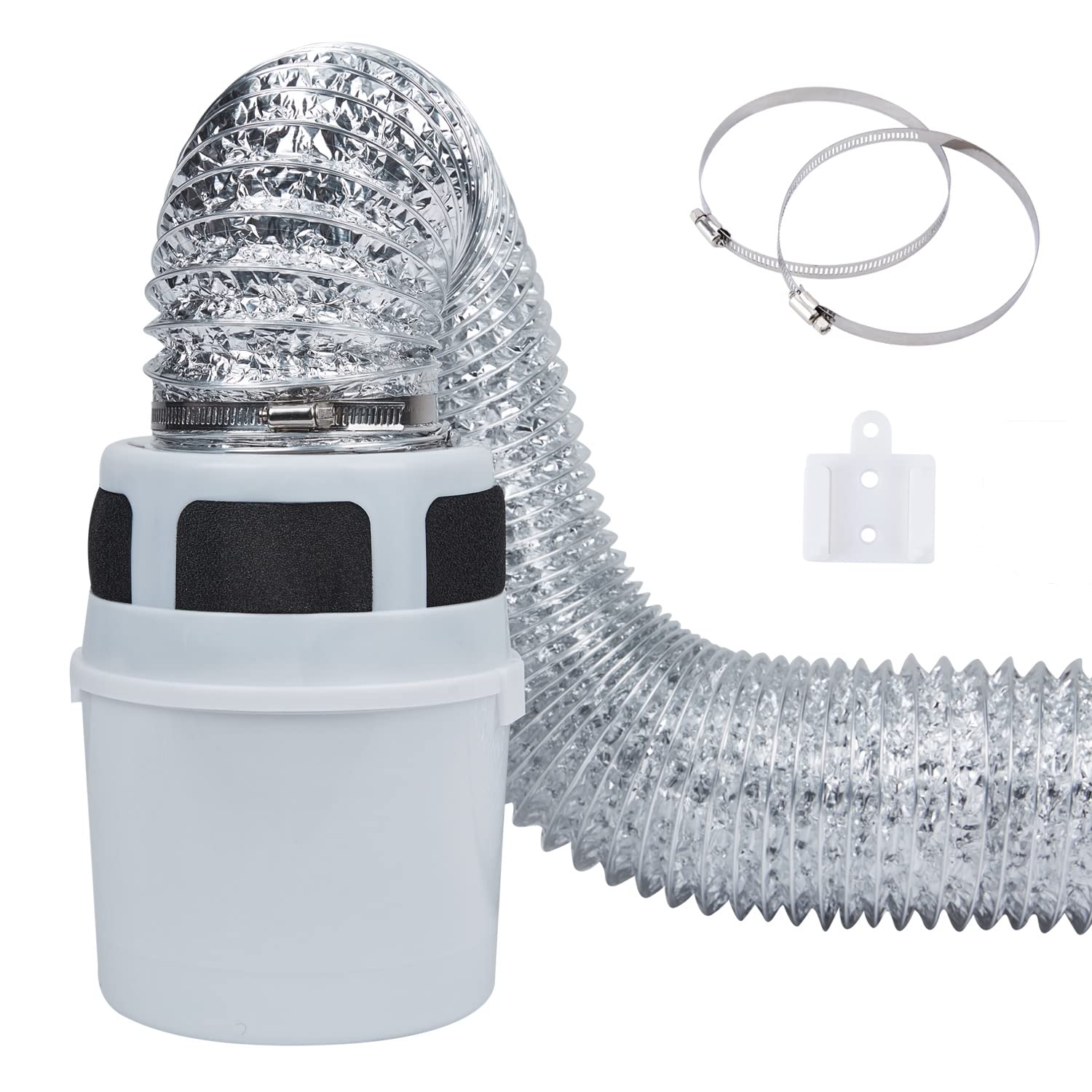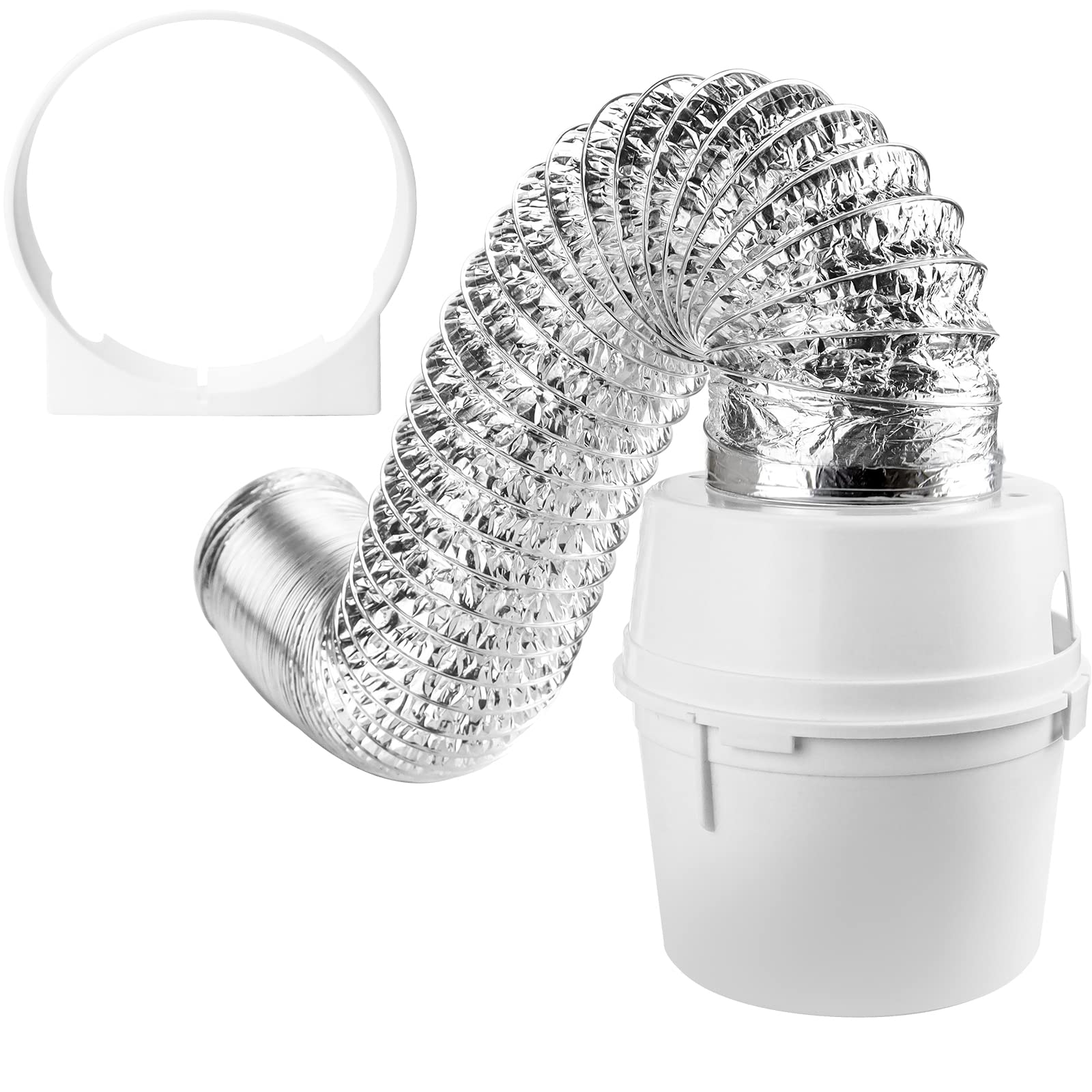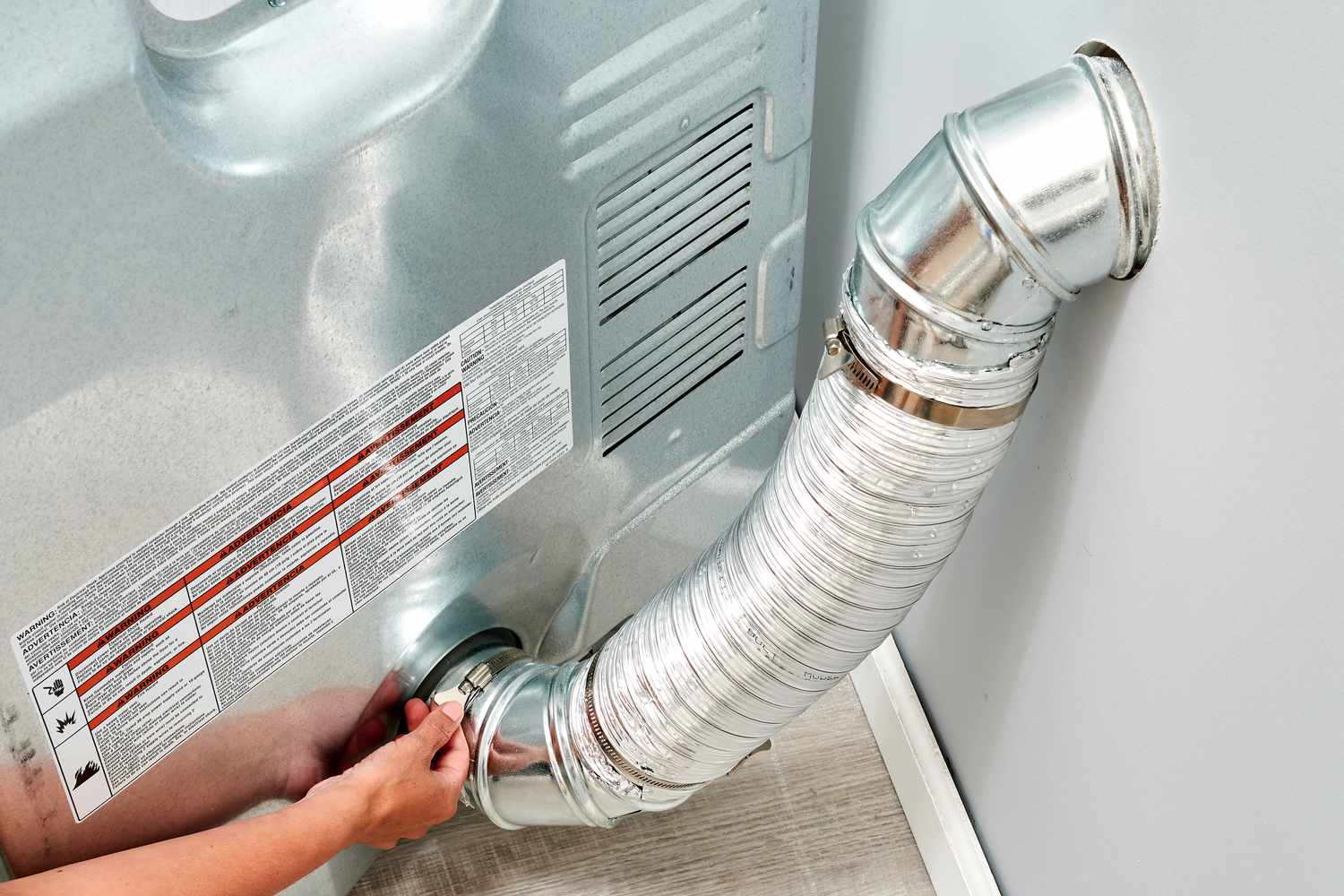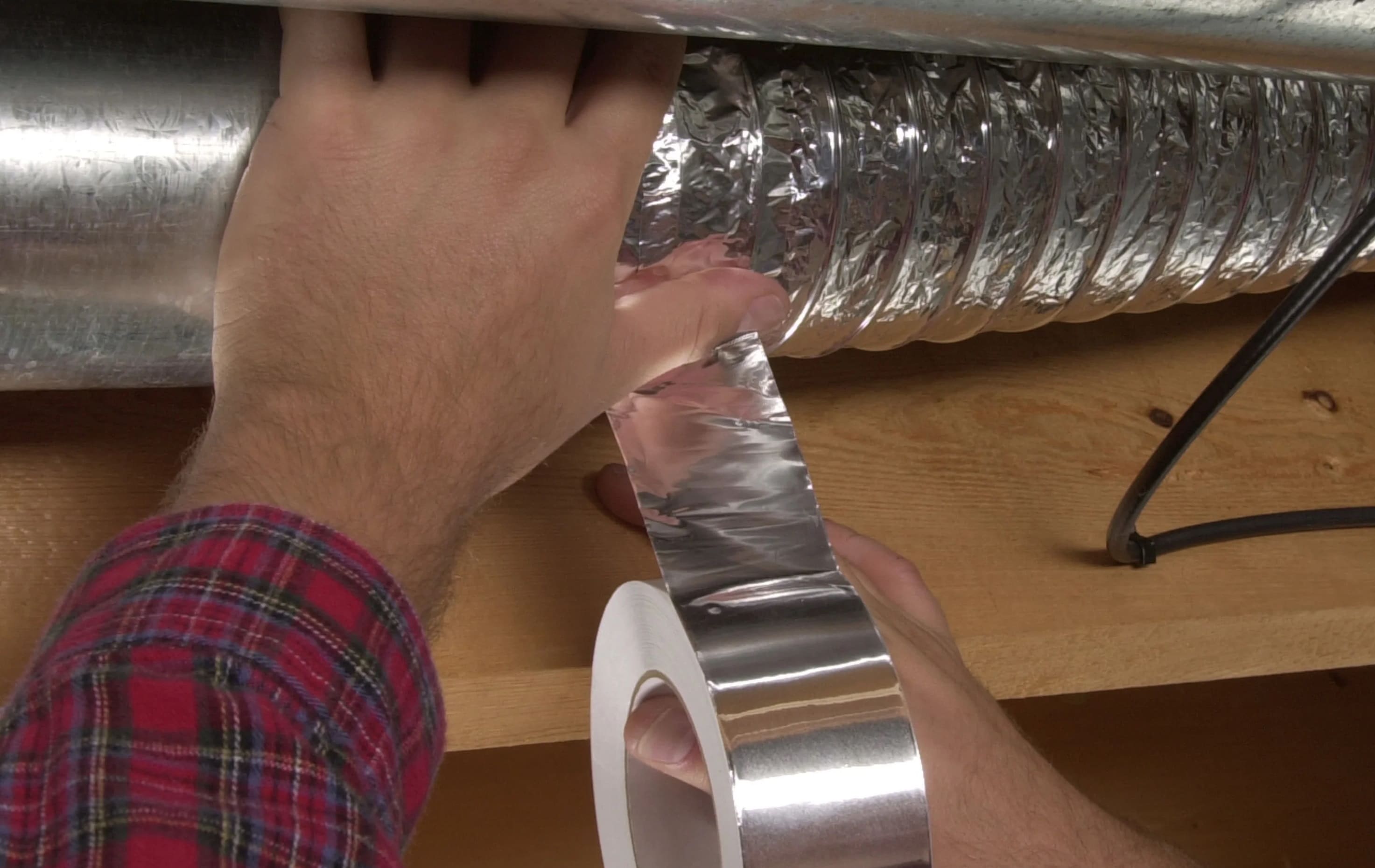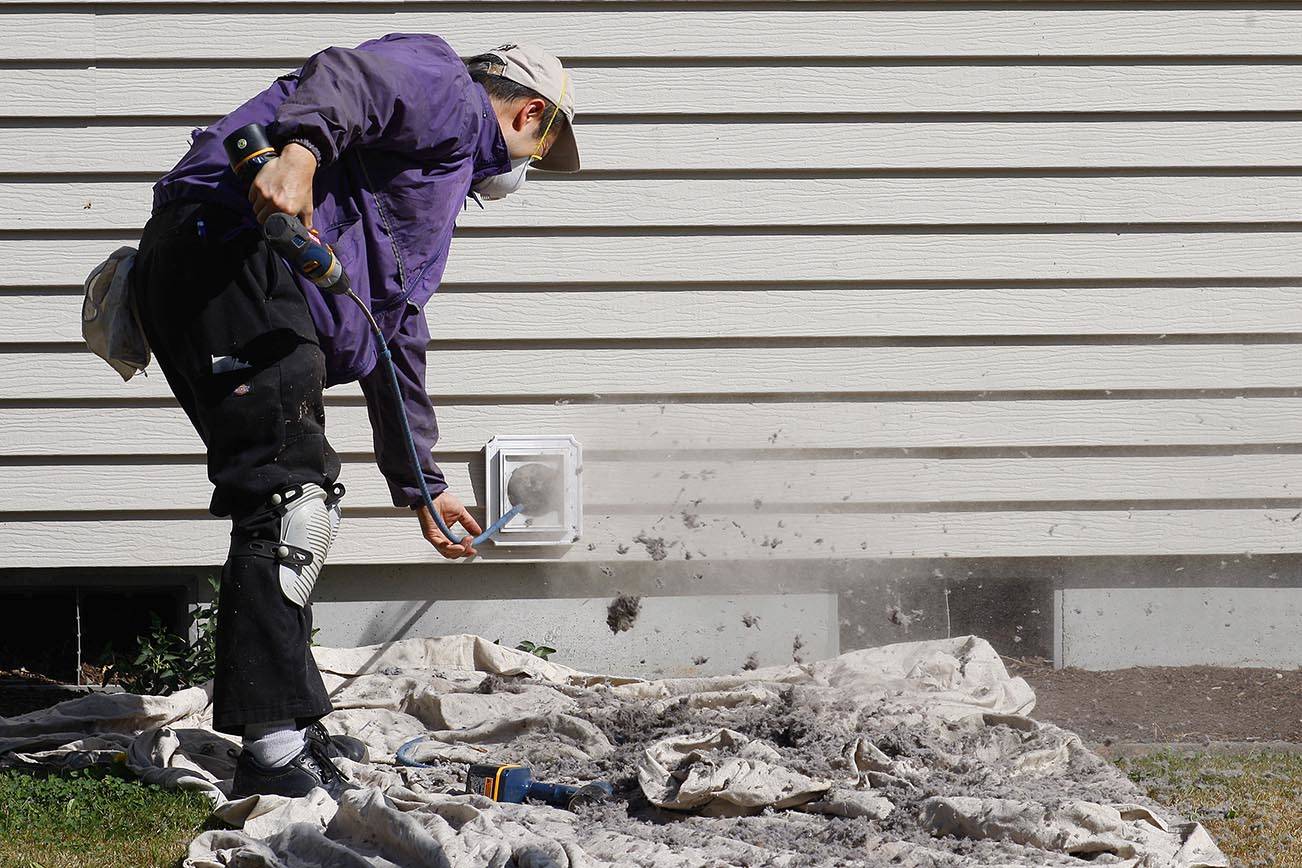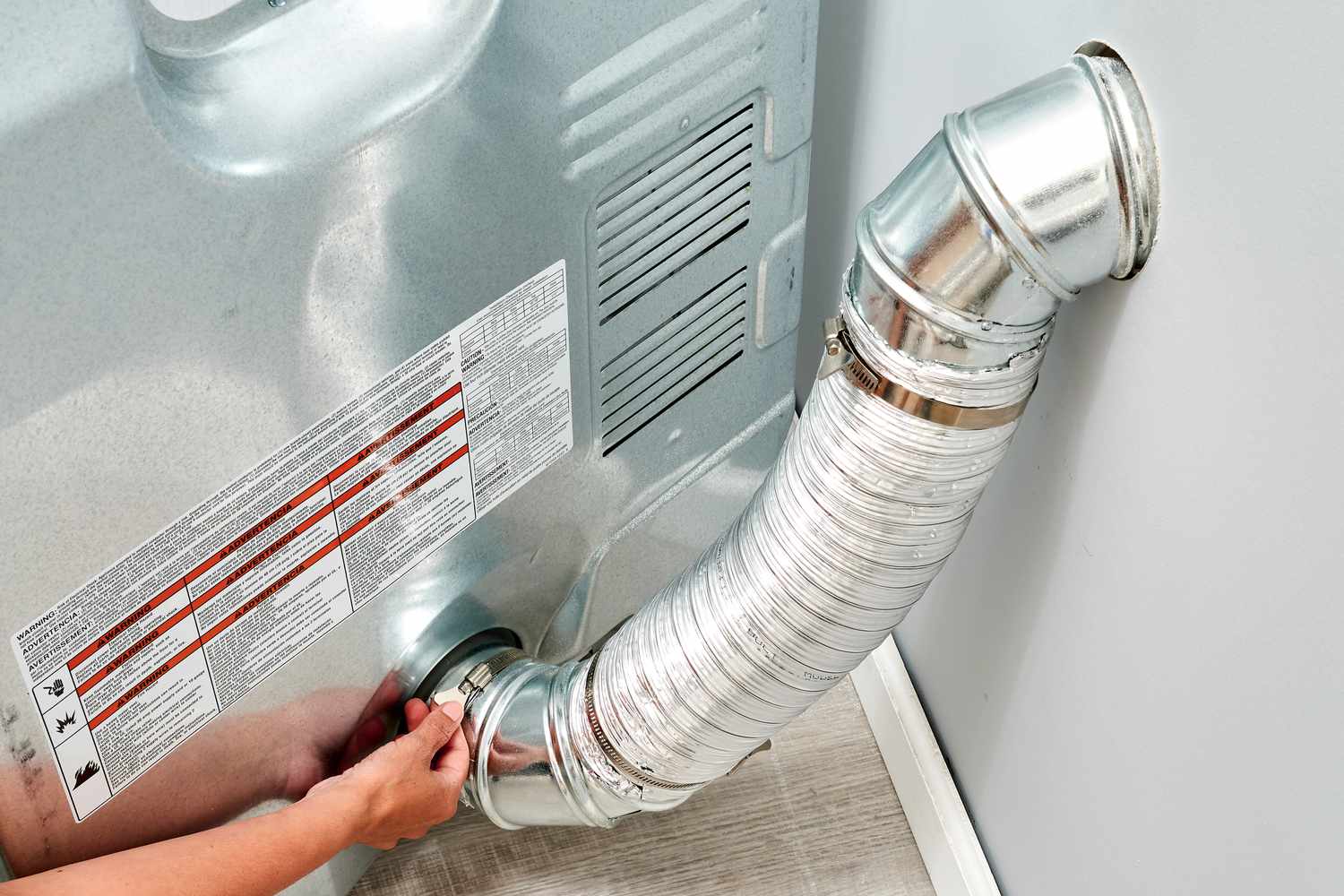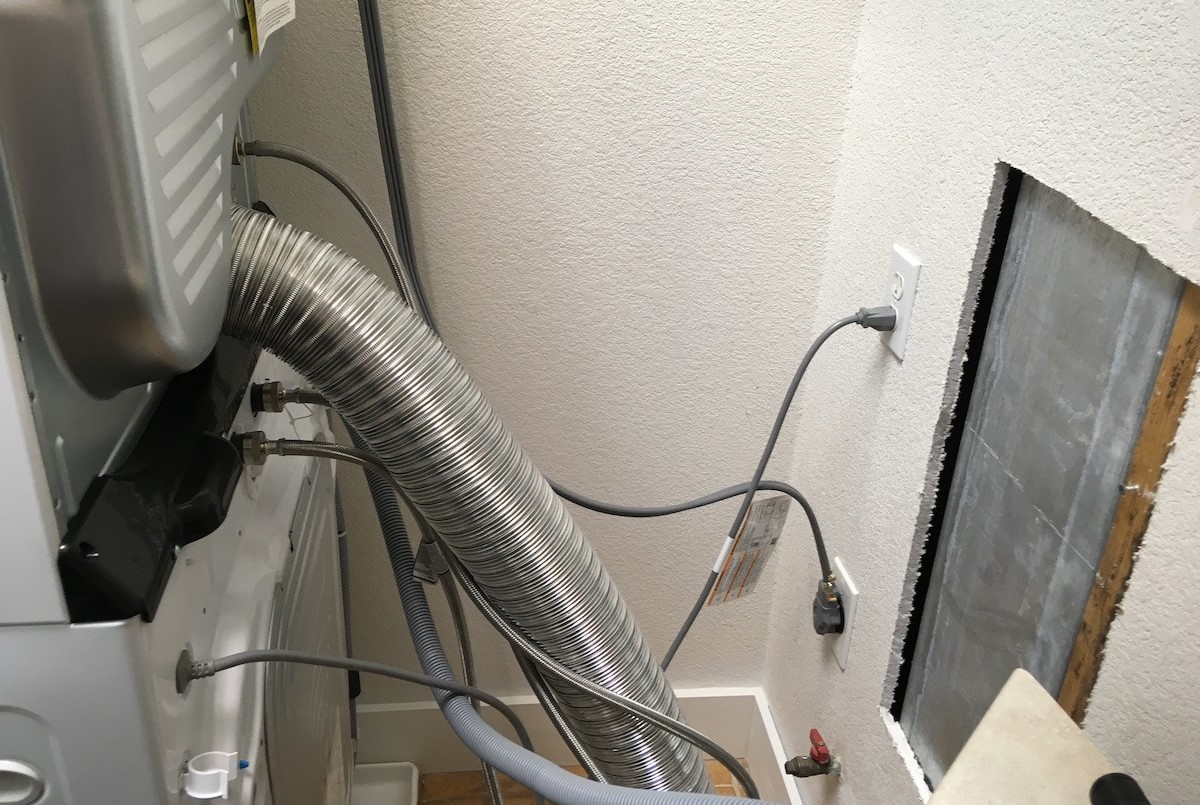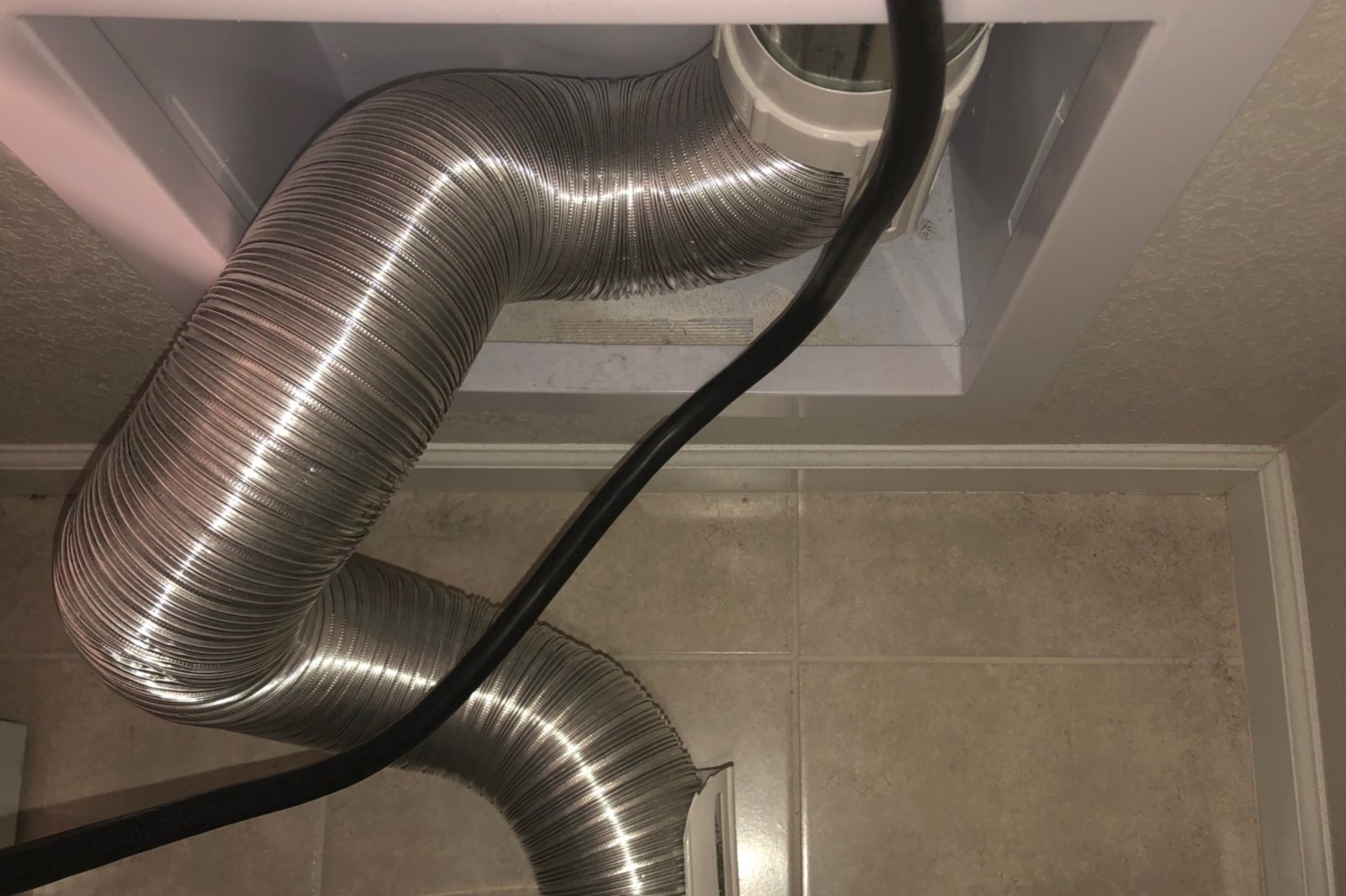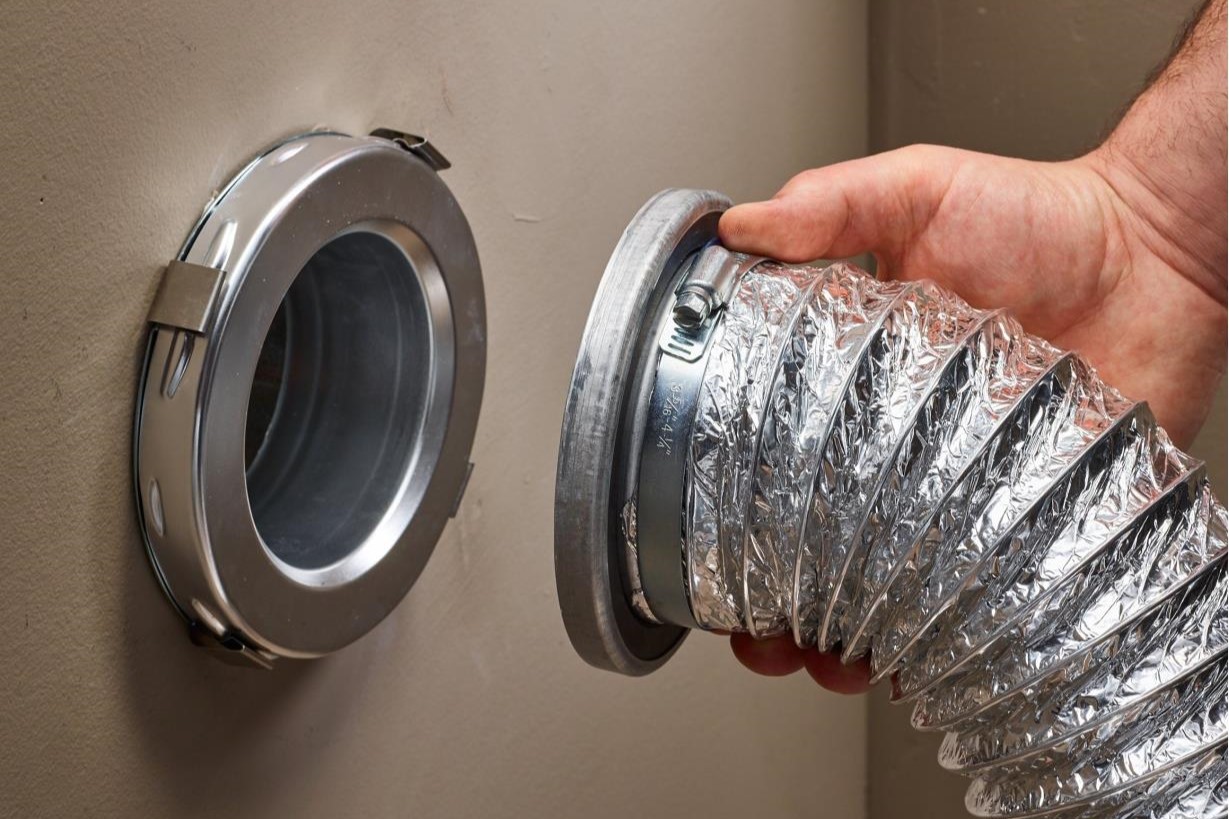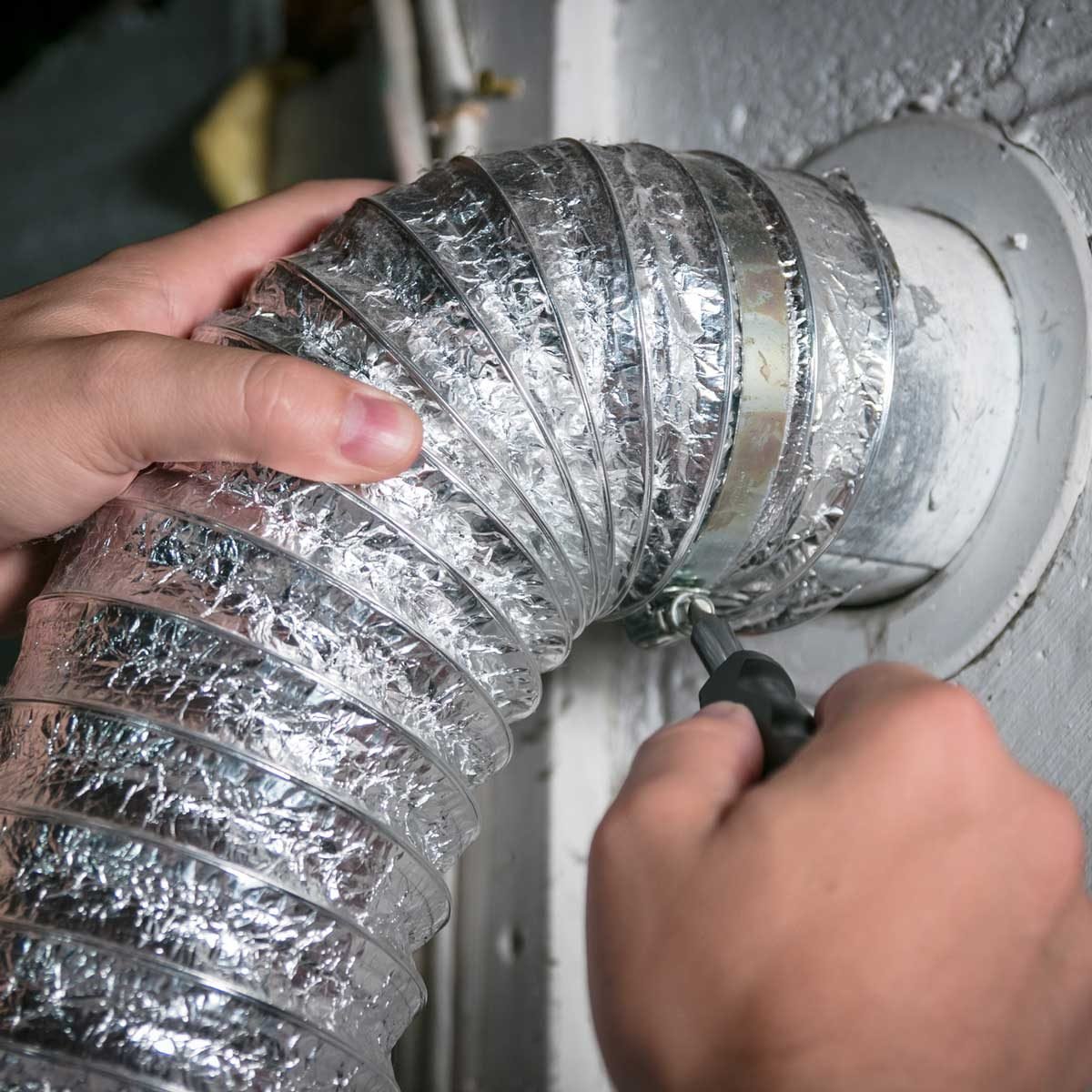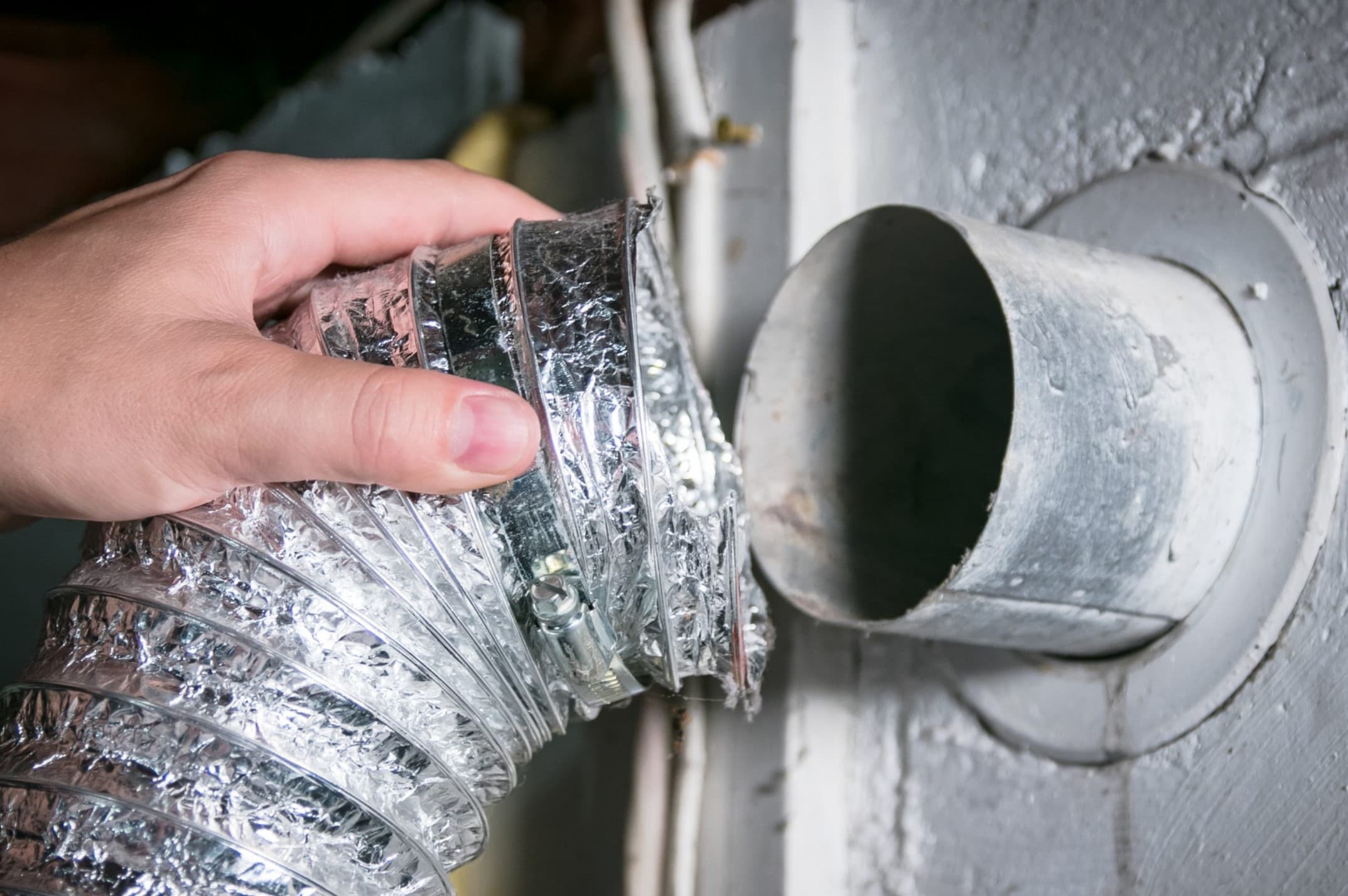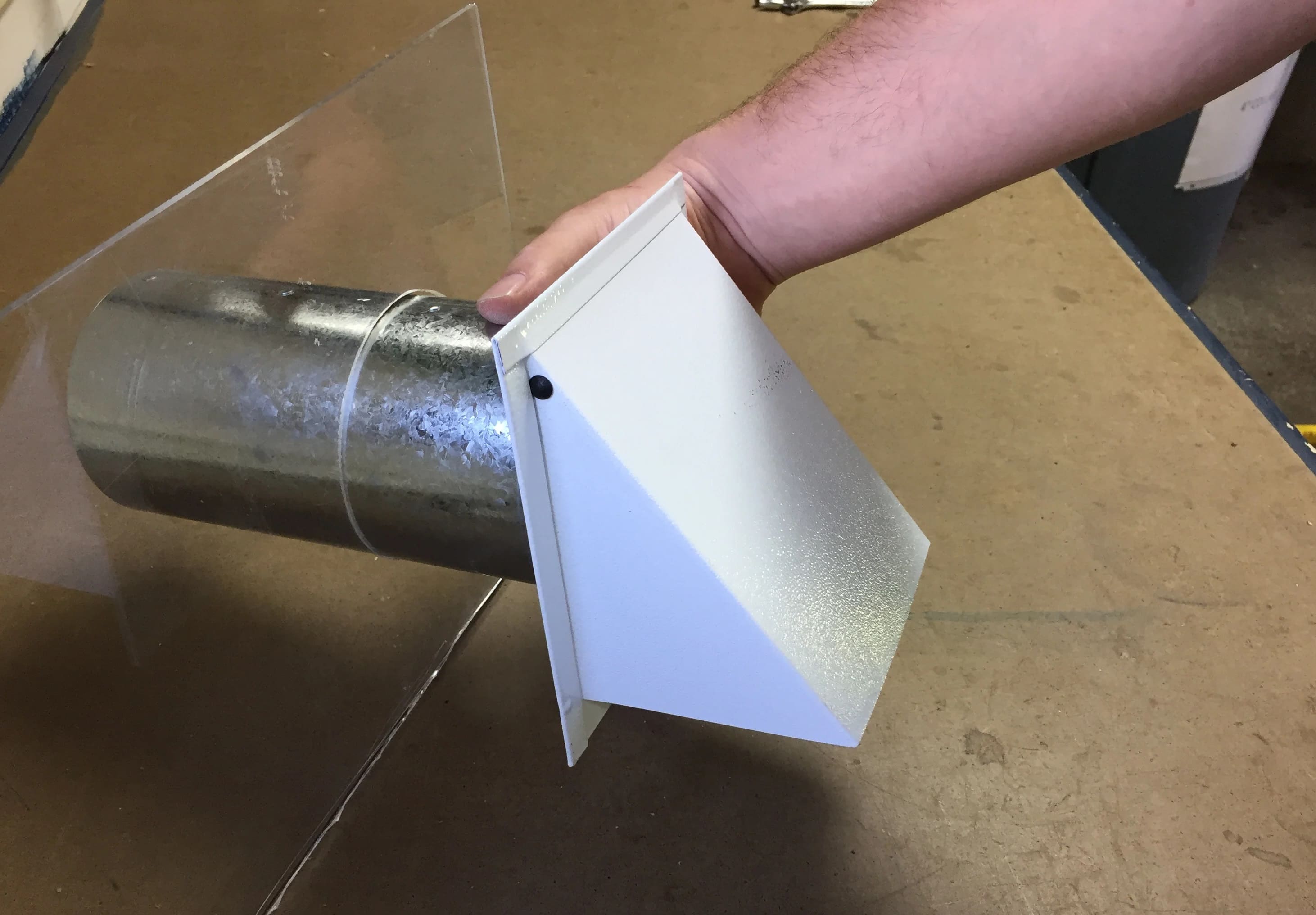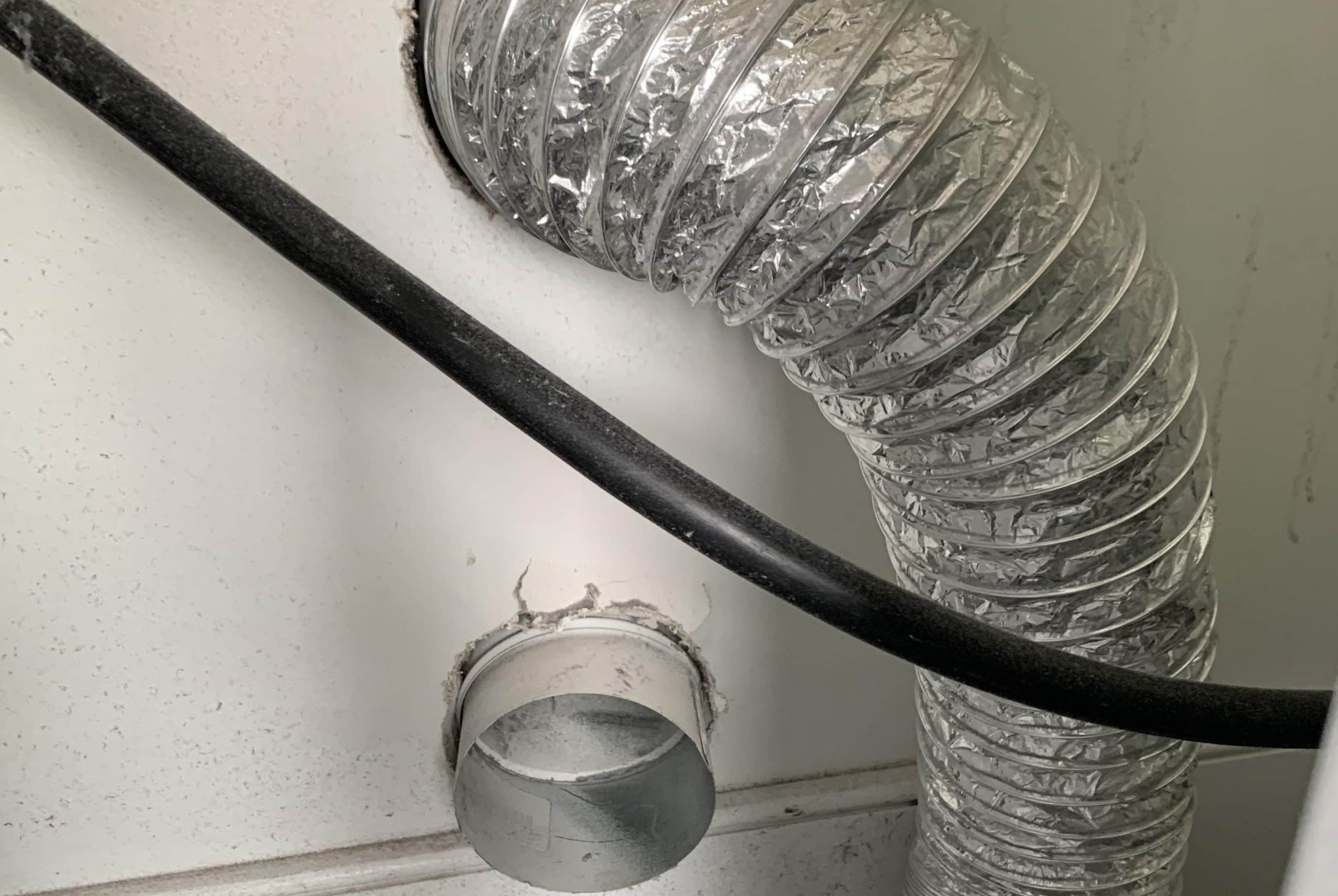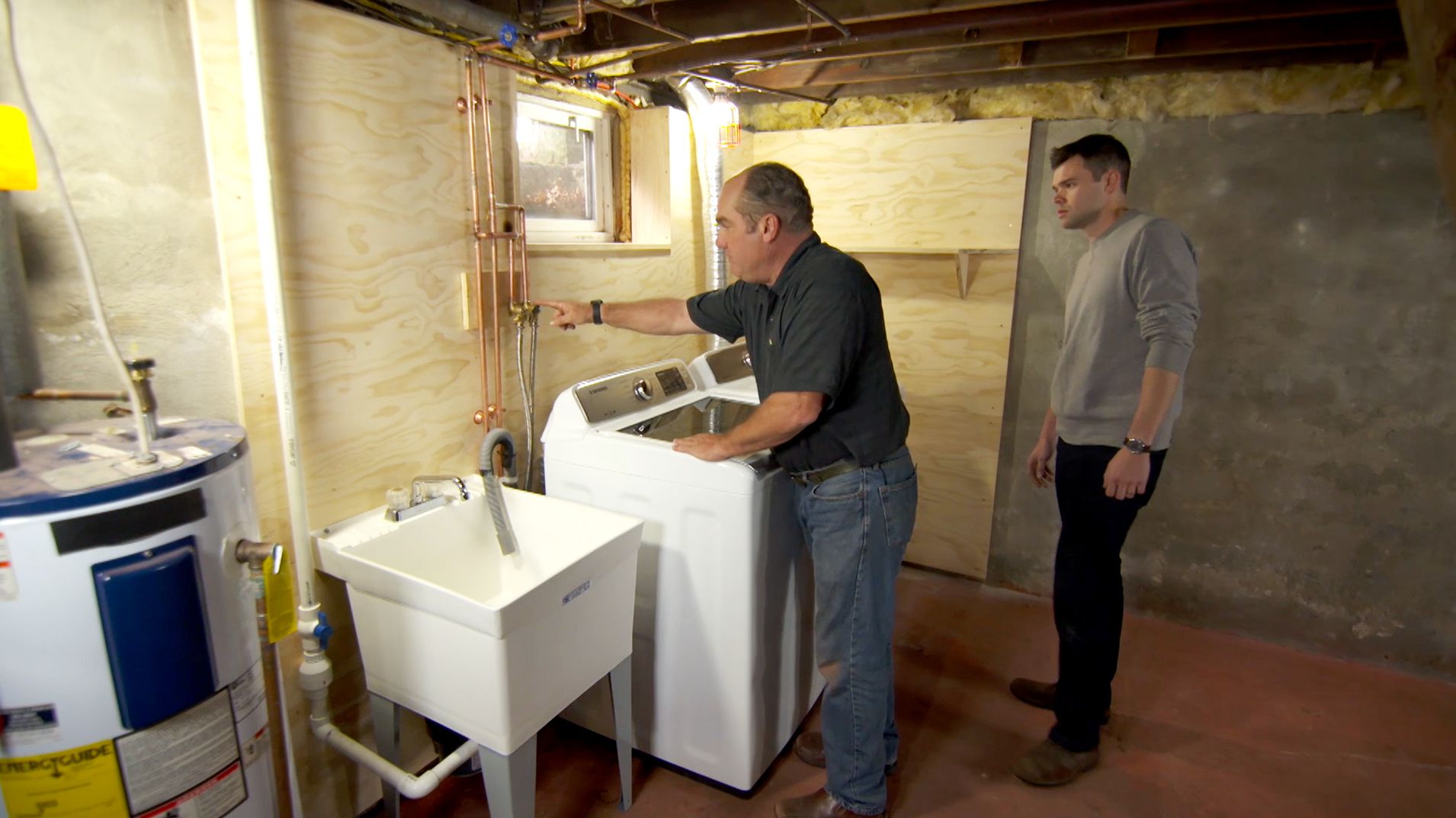Home>Home Maintenance>How To Use An Indoor Dryer Vent
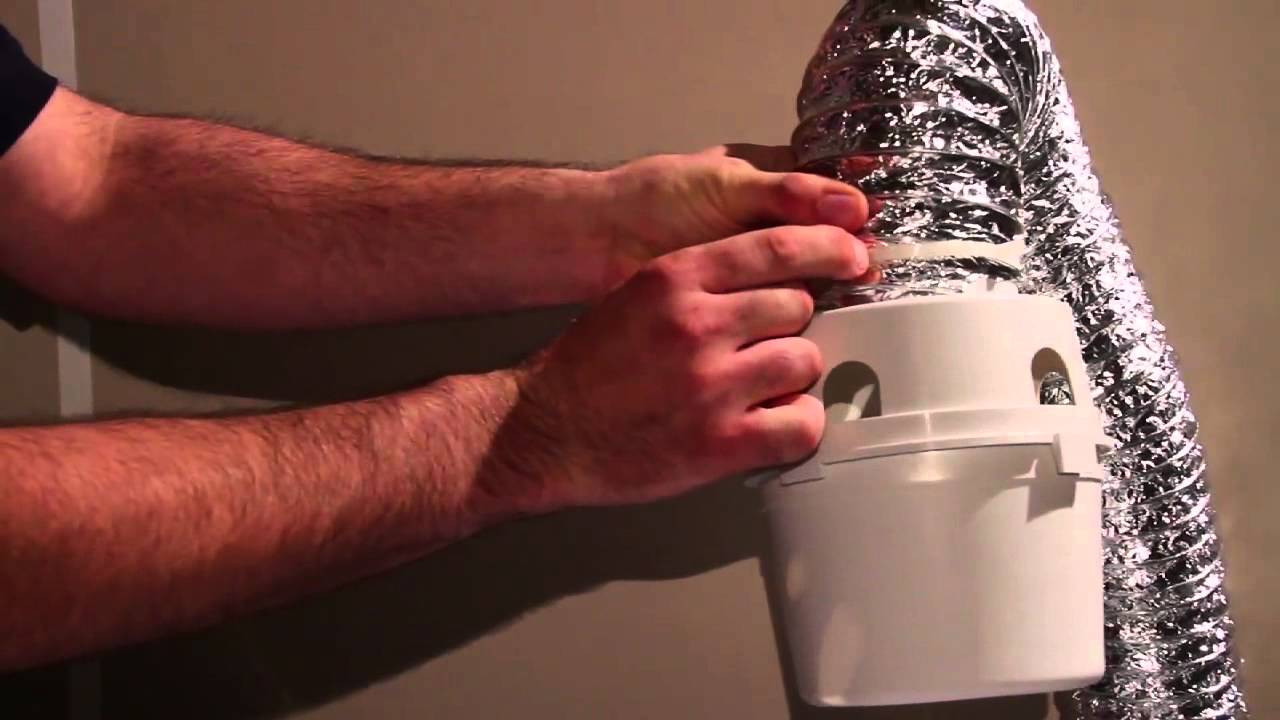

Home Maintenance
How To Use An Indoor Dryer Vent
Modified: October 18, 2024
Learn how to properly use an indoor dryer vent for efficient home maintenance. Discover expert tips and tricks to maximize its effectiveness.
(Many of the links in this article redirect to a specific reviewed product. Your purchase of these products through affiliate links helps to generate commission for Storables.com, at no extra cost. Learn more)
Introduction
Welcome to the world of indoor dryer vents! If you’re tired of dealing with the hassle of conventional outdoor dryer vents or if you live in an apartment or condominium where outdoor venting is not possible, an indoor dryer vent may be just what you need. In this article, we will explore everything you need to know about indoor dryer vents, including what they are, their benefits, how to choose the right kit, installation tips, maintenance guidelines, and helpful tricks.
Indoor dryer vents are innovative solutions that allow you to effectively vent your dryer without the need for external ducting. They are designed to redirect the hot air, moisture, and lint produced by your dryer unit into a container or filter, eliminating the need for a traditional outdoor vent. This makes them an ideal choice for homes or apartments where outdoor venting is not feasible or desirable. Indoor dryer vents are easy to install, maintain, and offer a range of benefits.
One of the main advantages of using an indoor dryer vent is convenience. With an indoor vent, you can position your dryer anywhere in your home, without the need for a direct connection to the outside. This flexibility gives you the freedom to place your dryer in the most convenient and functional location, whether it’s in a laundry room, utility closet, or even in the kitchen.
Furthermore, indoor venting helps to keep your home cooler during the summer months by preventing the hot air from being expelled directly into your living space. This can result in energy savings as your air conditioning unit won’t have to work as hard to maintain a comfortable temperature. Additionally, using an indoor vent reduces the risk of drafts and pests entering your home through outdoor vent openings.
Now that you understand the basics of indoor dryer vents and the benefits they offer, the next step is to choose the right indoor dryer vent kit. In the next section, we will explore the different types of kits available and provide insights on how to make an informed decision.
Key Takeaways:
- Enjoy the convenience of indoor dryer vents, allowing flexible placement of your dryer and reducing energy usage. Regular maintenance ensures efficient and safe operation, making laundry days a breeze.
- Indoor dryer vents offer flexibility and energy efficiency, eliminating the need for traditional outdoor venting. Proper installation and maintenance are key to maximizing their benefits and ensuring safe operation.
Read also: 9 Best Indoor Dryer Vent For 2025
Understanding Indoor Dryer Vents
Before diving into the details of indoor dryer vents, let’s take a closer look at how they work. The primary function of an indoor dryer vent is to capture the hot air, moisture, and lint produced by the dryer and redirect it to a designated location, such as a container or filter, within your home.
There are two main types of indoor dryer vents: ventless dryer vent kits and semi-permanent venting solutions. Ventless dryer vent kits are the most common type and are typically designed to be temporary solutions. They consist of a flexible duct, usually made of aluminum, that connects the dryer to a container or filter. The hot air and lint are pushed through the duct and collected in the container or trapped in the filter, while the moisture is typically released into the air.
Semi-permanent venting solutions, on the other hand, provide a more permanent and efficient option for indoor venting. These systems are usually installed through a wall or ceiling and utilize a duct that vents the hot air, moisture, and lint directly outside the home or into a designated ventilation system, such as a bathroom or kitchen exhaust fan.
When choosing an indoor dryer vent, it’s important to consider the specific requirements of your dryer unit, the available space in your home, and your personal preferences. Ventless kits are ideal for temporary setups, such as apartments or rental units, while semi-permanent solutions are better suited for homeowners who want a more permanent and efficient venting option.
While indoor dryer vents offer convenience and flexibility, it’s important to note that they may not be suitable for all dryer models. Some dryers require a certain level of airflow and may not function optimally with indoor venting. Always refer to your dryer’s manufacturer guidelines and specifications to ensure compatibility with indoor venting systems.
Now that you have a better understanding of indoor dryer vents and how they function, let’s explore the benefits they provide in the next section.
Benefits of Using an Indoor Dryer Vent
Using an indoor dryer vent comes with a wide range of benefits that can make your laundry experience more convenient and efficient. Here are some of the key advantages of using an indoor dryer vent:
- Flexibility in dryer placement: With an indoor dryer vent, you have the freedom to place your dryer unit anywhere in your home, without the need for a direct connection to the outside. This flexibility allows you to optimize the layout of your laundry area and maximize space utilization.
- No external ducting required: Unlike traditional outdoor dryer vents that require extensive ducting to expel hot air, moisture, and lint, indoor dryer vents eliminate the need for external ducting. This saves you from the hassle of installing and maintaining lengthy ductwork and reduces the risk of leaks or damage caused by external factors.
- Easier installation process: Indoor dryer vent kits are designed to be easily installed without the need for professional assistance. Most kits come with detailed instructions and all the necessary components, making the installation process quick and straightforward. This means you can start using your indoor dryer vent in no time.
- Energy efficiency: Indoor dryer vents can help improve energy efficiency in your home. By redirecting the hot air and moisture into a designated area, you prevent the discharge of hot air into your living space. This can reduce the workload on your cooling system during the summer, leading to potential energy savings.
- Reduced risk of drafts and pests: Since indoor dryer vents eliminate the need for external vent openings, you minimize the risk of drafts entering your home through these openings. Additionally, indoor venting helps to safeguard against pests, such as birds or rodents, that can nest in outdoor vent covers or ducting.
- Less noise: Indoor dryer vents can help reduce noise levels during the drying process. The ducting used in these systems is typically designed to dampen sound, resulting in a quieter laundry area.
When deciding to use an indoor dryer vent, it’s important to consider the specific advantages it offers based on your individual needs and circumstances. While indoor venting may not be suitable for all situations, it provides a practical and efficient solution for many households.
Now that you understand the benefits of using an indoor dryer vent, the next step is to choose the right kit for your needs. In the following section, we will discuss the factors to consider when selecting an indoor dryer vent kit.
Choosing the Right Indoor Dryer Vent Kit
When it comes to choosing an indoor dryer vent kit, there are several factors to consider to ensure you select the right one for your specific needs. Here are some key considerations that will help guide you in making an informed decision:
- Compatibility: The first and most crucial factor is to ensure that the indoor dryer vent kit is compatible with your dryer model. Check the specifications of your dryer and compare them with the kit you are considering to ensure a proper fit. Look for kits that have flexible ducting that can accommodate different dryer sizes and configurations.
- Kit Components: Evaluate the components included in the kit. Look for kits that provide all the necessary elements for a complete installation, such as the ducting, clamps, connectors, and mounting hardware. It’s also beneficial to choose kits that come with clear and detailed installation instructions to make the process easier.
- Material Quality: Consider the quality of the materials used in the kit. Opt for kits that feature durable and heat-resistant materials, such as aluminum or stainless steel, that can withstand the high temperatures generated by the dryer. These materials also help to prevent the buildup of lint and reduce the risk of fire hazards.
- Filtration System: If you opt for a ventless indoor dryer vent kit, check the type and effectiveness of the included filtration system. Look for kits with high-quality filters that can capture and trap lint effectively. Some kits may require you to replace the filters periodically, so consider the ongoing maintenance requirements when making your decision.
- Installation Flexibility: Evaluate the installation options provided by the kit. Look for kits that offer versatile installation methods, allowing you to install the vent in various locations, such as through a wall, window, or ceiling. This flexibility ensures that you can adapt the kit to suit your specific space and ventilation needs.
- Customer Reviews and Ratings: Take the time to read customer reviews and ratings of the indoor dryer vent kits you are considering. This will provide valuable insights into the experiences of other users and help you gauge the overall quality and performance of the kit.
By considering these factors, you can make an informed decision and select an indoor dryer vent kit that meets your dryer model requirements, installation needs, and overall performance expectations.
Once you have chosen the right indoor dryer vent kit, the next step is to proceed with the installation process. In the following section, we will provide a step-by-step guide on how to install an indoor dryer vent.
Make sure to clean the lint trap before each use to prevent a fire hazard. Also, check the vent hose for any blockages or kinks to ensure proper airflow.
Installing an Indoor Dryer Vent
Installing an indoor dryer vent is a relatively straightforward process that can be completed with basic tools and a little bit of DIY know-how. Follow these step-by-step instructions to install your indoor dryer vent:
- Gather materials: Before you begin, gather all the materials you will need for the installation process. This typically includes the indoor dryer vent kit, a screwdriver, a drill, duct tape, and any additional hardware specified in the kit instructions.
- Choose a location: Select a suitable location for your indoor dryer vent. It should be a space near your dryer unit that allows for proper airflow and easy access for maintenance. Common locations include utility closets, laundry rooms, or areas with existing ventilation systems.
- Prepare the area: Clear the area where you plan to install the indoor vent, ensuring there are no obstructions that could hinder the airflow or pose a safety hazard. Remove any existing vent covers or obstacles from the selected area.
- Mark and cut the hole: Using the template provided in the kit, mark the outline of the hole you need to cut for the vent. Double-check the measurements to ensure accuracy. Use a drill to create a starter hole, then carefully cut along the marked lines using a jigsaw or appropriate cutting tool.
- Insert the vent pipe: Insert the vent pipe, from the indoor side, into the hole you have created. Secure it in place using the specified mounting hardware or duct tape. Ensure a tight and secure connection to prevent any air leakage.
- Connect the dryer: Attach the other end of the vent pipe to the dryer unit using the provided connectors or clamps. Make sure the connection is secure to prevent any air or lint leakage during operation.
- Seal and insulate: Use duct tape or heat-resistant sealant to seal all connections and joints. This helps to prevent air leaks and ensures efficient airflow through the vent system. Additionally, consider insulating the vent pipe to minimize heat loss and improve energy efficiency.
- Test the system: Before using your dryer, run a test cycle to ensure everything is properly installed and functioning. Check for any air or lint leaks, unusual noises, or issues with airflow. Make any necessary adjustments or repairs before regular use.
It’s important to note that the specific installation steps may vary depending on the indoor dryer vent kit you have chosen. Always refer to the manufacturer’s instructions and follow them carefully to ensure a safe and effective installation.
Now that you have successfully installed your indoor dryer vent, let’s dive into the proper maintenance practices to keep your vent system running smoothly and efficiently.
Proper Maintenance of an Indoor Dryer Vent
Maintaining your indoor dryer vent is essential to ensure its continued efficiency and safety. Regular maintenance will help prevent lint buildup, reduce the risk of blockages, and promote proper airflow. Here are some tips to help you properly maintain your indoor dryer vent:
- Clean the lint filter: Before every drying cycle, remember to clean the lint filter located inside your dryer unit. This will prevent lint from accumulating and clogging the vent system.
- Inspect and clean the vent pipe: Periodically, inspect the vent pipe for any obstructions or lint buildup. Use a vacuum cleaner or a vent cleaning brush to remove any accumulated lint or debris. Ensure that the vent pipe is securely connected and free of any damage.
- Check the container/filter: If you are using a ventless indoor dryer vent system with a container or filter, regularly check and empty the container or clean/replace the filter as per the manufacturer’s recommendations. This will ensure proper airflow and prevent overflow or reduced effectiveness.
- Inspect for leaks: Check for any leaks along the ducting or at the connection points. Seal any gaps or leaks with duct tape or heat-resistant sealant to prevent air and lint leakage.
- Keep the surrounding area clear: Ensure that the area around the indoor dryer vent is clear of any obstructions, such as boxes, clothing, or other items. This will allow for proper airflow and reduce the risk of overheating.
- Monitor dryer performance: Pay attention to any changes in your dryer’s performance, such as longer drying times or unusual noises. These can be indicators of a venting issue and may require further inspection or maintenance.
- Regular professional inspection: It is recommended to have your indoor dryer vent system professionally inspected and cleaned on an annual basis. A professional technician can identify any potential problems and perform a thorough cleaning to ensure optimal performance.
By following these maintenance practices, you can help prolong the lifespan of your indoor dryer vent, improve its efficiency, and reduce the risk of fire hazards caused by lint buildup. Remember, safety should always be a priority when it comes to dryer vent maintenance.
Now that you are equipped with the knowledge of proper maintenance, let’s explore some helpful tips and tricks for using an indoor dryer vent.
Tips and Tricks for Using an Indoor Dryer Vent
Using an indoor dryer vent can simplify laundry days and provide convenience in your home. Here are some tips and tricks to optimize your experience with an indoor dryer vent:
- Use appropriate venting materials: Ensure that you use the correct venting materials recommended by the manufacturer for your indoor dryer vent. This will ensure proper airflow and safety.
- Regularly clean the lint filter: Clean the lint filter inside your dryer before every drying cycle. This will help prevent lint from entering the vent system and reduce the risk of clogs.
- Check for blockages: Periodically inspect the vent pipe for any obstructions or lint buildup. Clear any blockages that may restrict airflow and reduce the vent’s effectiveness.
- Keep the area around the vent clean: Ensure the area surrounding the indoor dryer vent is clear of dust, lint, and other debris. This will prevent the accumulation of combustible materials and reduce the risk of fires.
- Avoid overloading the dryer: Avoid overloading your dryer with too many clothes or bulky items. Overloading can hinder airflow and reduce drying efficiency.
- Consider using dryer balls: Dryer balls can help improve airflow and reduce drying time. They also help to soften fabrics and reduce static cling. Simply toss a few dryer balls into the dryer with your laundry.
- Monitor drying times: Keep an eye on the drying times for your laundry. If you notice that clothes are taking longer to dry than usual, it may be an indication of a clogged vent or other ventilation issues that need attention.
- Ensure proper ventilation: If you are using a ventless indoor dryer vent kit, ensure that the room is adequately ventilated. Open windows or use fans to promote air circulation and prevent excess moisture buildup.
- Consider using a dehumidifier: If you live in a humid climate, consider using a dehumidifier in the room where the dryer is located. This will help control moisture levels and prevent dampness in the surrounding area.
- Regularly inspect for wear and tear: Routinely inspect your indoor dryer vent for any signs of wear and tear, such as loose connections or damaged ducting. Address any issues promptly to ensure safe and efficient operation.
Following these tips and tricks will help you make the most of your indoor dryer vent and maintain the performance of your dryer. Remember to always prioritize safety and perform regular maintenance to keep your indoor dryer vent system in good working order.
Now that you have a wealth of information on indoor dryer vents, from understanding their benefits to installation, maintenance, and usage tips, you are ready to make the most of your indoor drying experience. Enjoy the convenience and flexibility that indoor dryer vents offer while ensuring the efficiency and safety of your dryer.
Conclusion
Congratulations! You are now well-informed about indoor dryer vents and equipped with the knowledge to make the most of this innovative solution for your home. Indoor dryer vents offer convenience, flexibility, and energy efficiency, making them an excellent choice for those who cannot have traditional outdoor venting or simply want a more versatile option.
Remember, when selecting an indoor dryer vent kit, consider factors like compatibility, kit components, material quality, and installation flexibility. Follow the installation process carefully, ensuring a secure and airtight connection. Regular maintenance is crucial to keep your indoor dryer vent running efficiently and safely. Clean the lint filter before each cycle, inspect and clean the vent pipe regularly, and check for any leaks or obstructions. Consider professional inspection and cleaning on an annual basis for optimum performance.
By following these steps and implementing the tips and tricks provided, you can enjoy the benefits of an indoor dryer vent system without compromising on functionality or safety. Proper ventilation, adequate maintenance, and efficient usage will ensure that your indoor dryer vent operates smoothly and effectively for years to come.
So go ahead and embrace the convenience of indoor dryer vents in your home. Say goodbye to the limitations of outdoor venting and enjoy the flexibility of placing your dryer anywhere in your home. Make laundry days a breeze while keeping your living space comfortable and energy-efficient.
Now that you are well-versed in all aspects of indoor dryer vents, it’s time to put your knowledge into action and enjoy the convenience and efficiency they bring to your home. Happy drying!
Ready to ramp up your home upkeep skills? Dive into our guide on essential home maintenance routines. These insights help you keep every corner in tip-top shape. For those who love a hands-on approach to enhancing their living space, our DIY home projects article is a must-read. Discover practical steps to add personal touches that make a house truly feel like home, all by yourself.
Frequently Asked Questions about How To Use An Indoor Dryer Vent
Was this page helpful?
At Storables.com, we guarantee accurate and reliable information. Our content, validated by Expert Board Contributors, is crafted following stringent Editorial Policies. We're committed to providing you with well-researched, expert-backed insights for all your informational needs.
